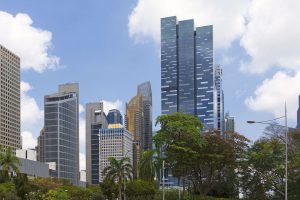Industrial Designer and the principal behind Manila-based design consultancy Estudio Ruiz, Stanely Ruiz recently took part at this year’s EMERGE @ FIND – Design Fair Asia in Singapore. Here, the Manila-born and raised designer tells FirstClasse about his collection Contrapunto, a series that metamorphosizes the Bakong, a plant abundantly found in the Philippines.
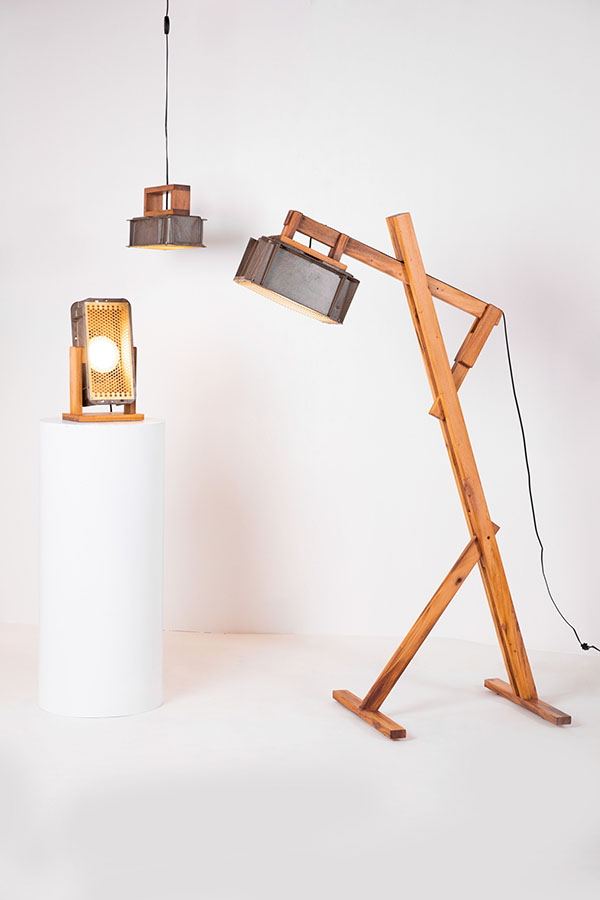
How did you first fall in love with design?
The first time I fell in love with design was during my sophomore year in design school where I was exposed to the industry. Getting that first-hand experience led me to discover my love for design and its potential as a pragmatic discipline. The more research I did, the more knowledge of design I acquired, and the more I continued to fall in love with the belief of seeing myself as a designer. I manifested my love for design when I founded Estudio Ruiz, a Manila-based design consultancy. From here, I was able to bring about new meaning and interpretation in object archetypes as well as exhibit some of the work I’m most proud of.
What prompted you to be part of the EMERGE “Trash to Treasure” panel discussion?
I was invited by Suzy Annetta, the curator of EMERGE, as a panellist for the “Trash to Treasure” panel discussion. This gave me an opportunity to showcase a major part of my day-to-day work that revolves around the innovative incorporation of biocomposite materials and sharing my journey with aspiring designers. As a designer, sustainability and innovation in design are one of my biggest advocacies. The panel discussion allowed me to share my insights, journey, and advocacy for sustainable design while also partaking in a fruitful discourse with other Southeast Asian designers.
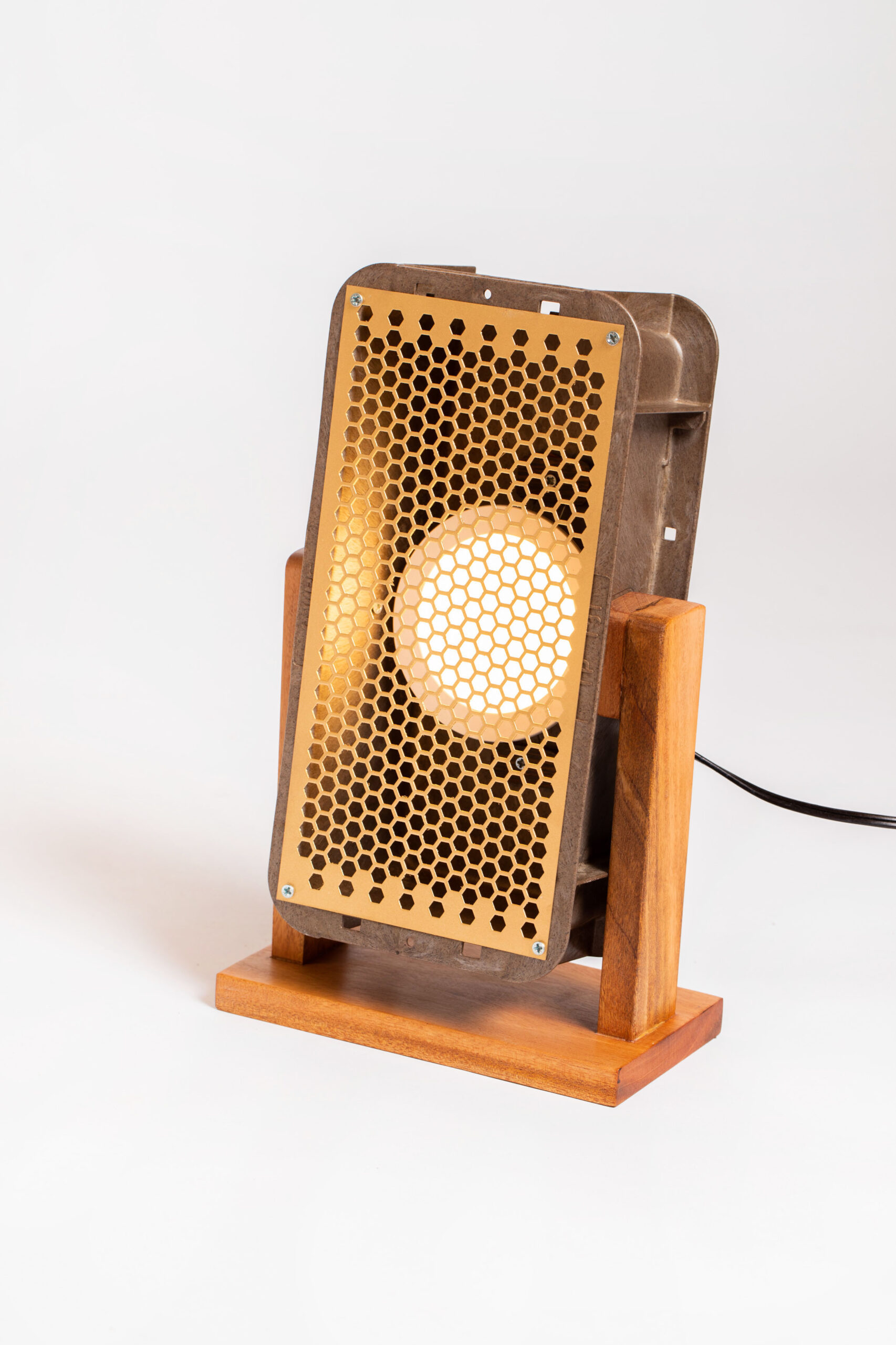
What inspired you to create this collection?
Entitled Contrapunto (counterpoint), my collection at this year’s EMERGE @ FIND – Design Fair Asia featured pieces that metamorphosize Bakong – an abundant yet invasive plant found in the Philippines. The collection got its name from the definitions of counterpoint including: “a musical form involving the simultaneous sound of two or more melodies”; and “a decorative musical accompaniment.” Hence, Contrapunto aims to represent my process of improvisation incorporated into my work and designs.
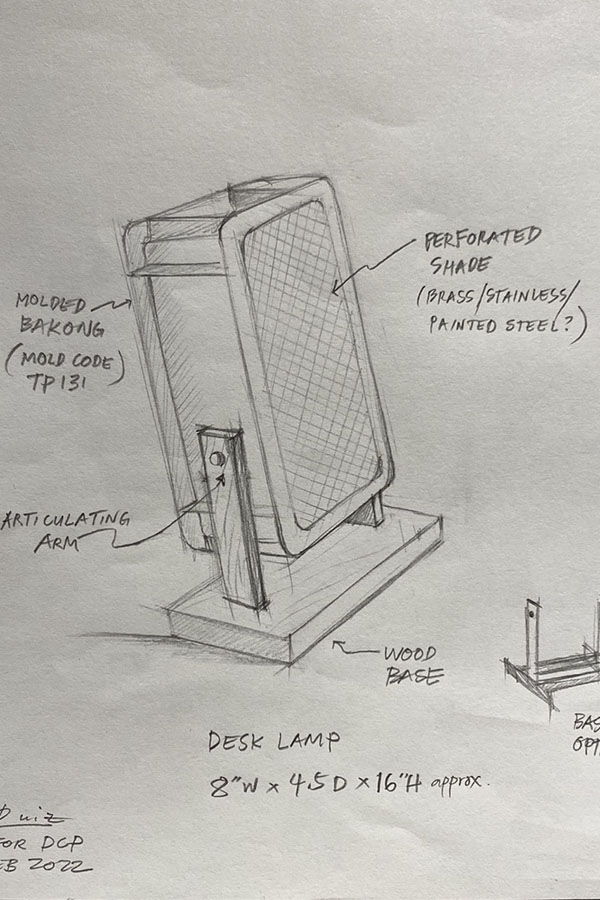
For this specific collection, I view the injection-moulded bins built from Bakong pellets as the “melody” or the foundation, and the added wooden components as the support structure or the “counterpoint”. This balance, portrayed by the coldness of the injection-moulded material and the warmth of wood, highlights the harmonious yet innovative design thinking that inspired my pieces for this year’s EMERGE exhibit. I want to further reinforce the concept of Contrapunto as a means to emphasise the combination of self-production and industrial production processes that play to my strengths with biocomposite materials.
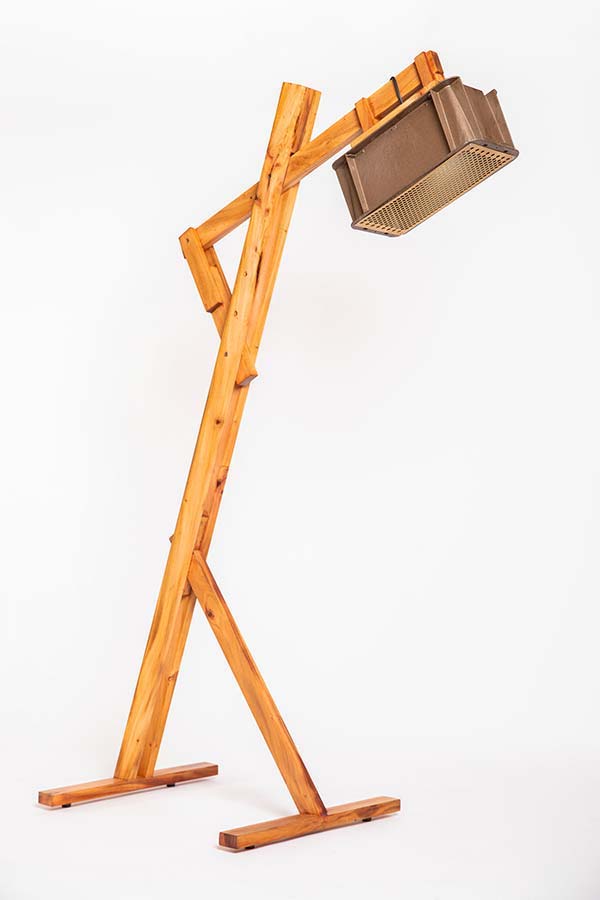
Is it possible to be sustainable in your line of work?
Yes, design can very much be sustainable. I believe that more artists should consider a more sustainable approach in choosing their materials, designing their pieces, and in the actual production of their work. Collectively, this is the only way to ensure that future artists and generations will benefit from the same resources we are using today.
What makes Southeast Asia different in terms of consumer buying and competition compared to the rest of the world?
Southeast Asia is a rapidly-growing yet diverse market for consumer buying and competition. While there is a huge demand for crafts from the region, Southeast Asian designers continuously integrate their roots and culture into their work. Compared to the rest of the world, Southeast Asia highlights its local craftsmanship that showcases design thinking and production adapted from the designer’s heritage and roots.
Pictures credit: Estudio Ruiz Design Co.





